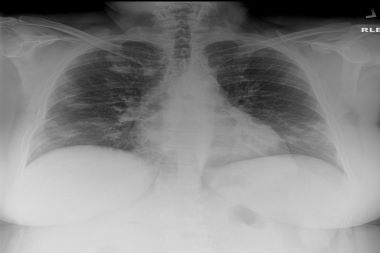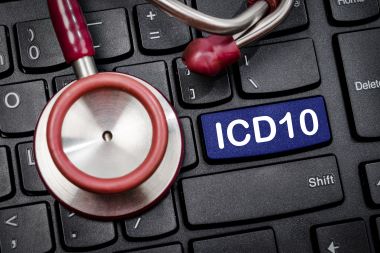With advice on COVID-19 seemingly changing several times a day, it’s essential to not let the volume of information overwhelm your ability to take care of your patients. Recognizing that, JUCM convened a webinar to highlight the utility of chest x-rays, among other methods, to help distinguish patients who have COVID-19 from those who merely have similar symptoms. Speakers Ana Echenique, MD, DABR and Michael Weinstock, MD led a discussion on red flags for the …
Read More







